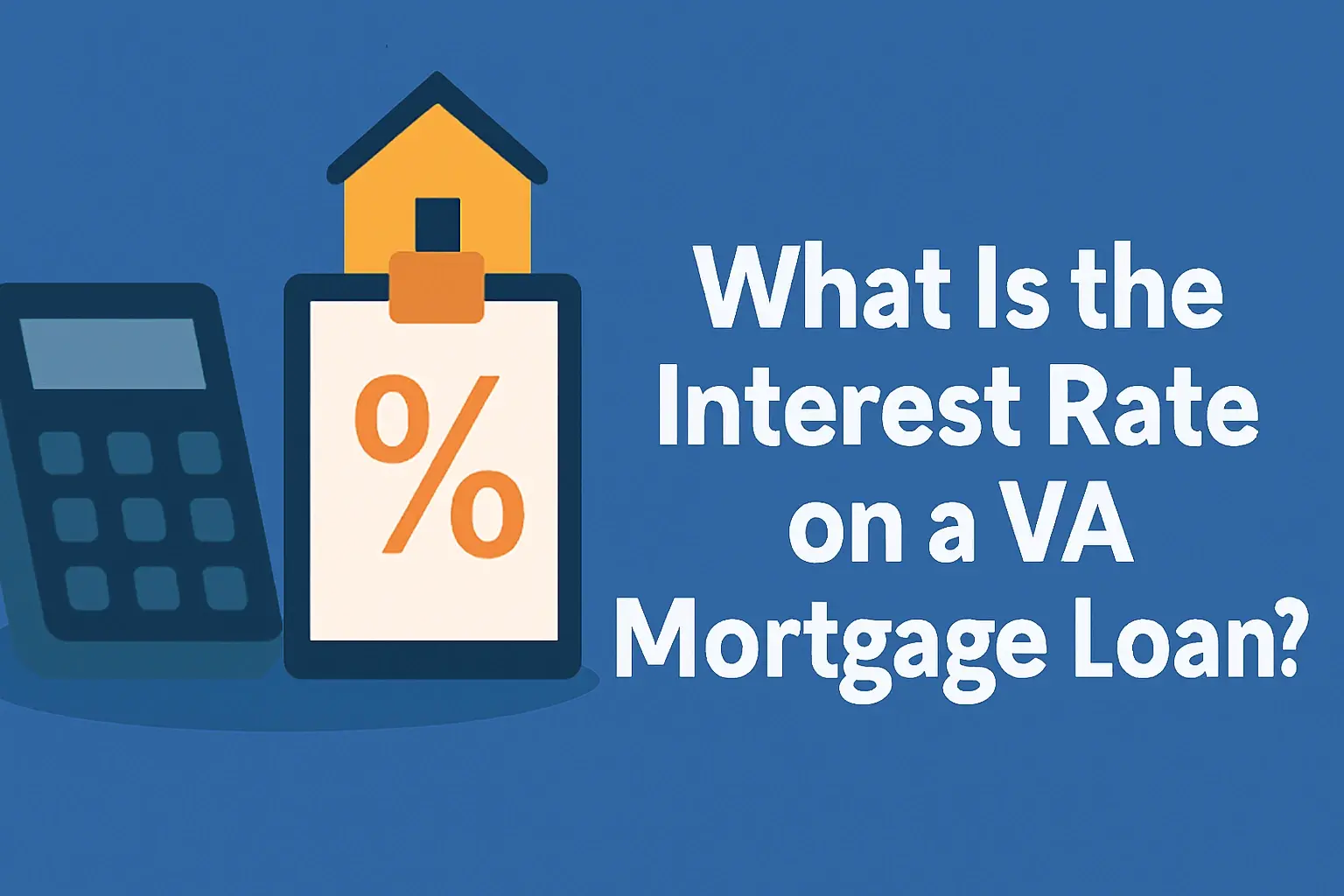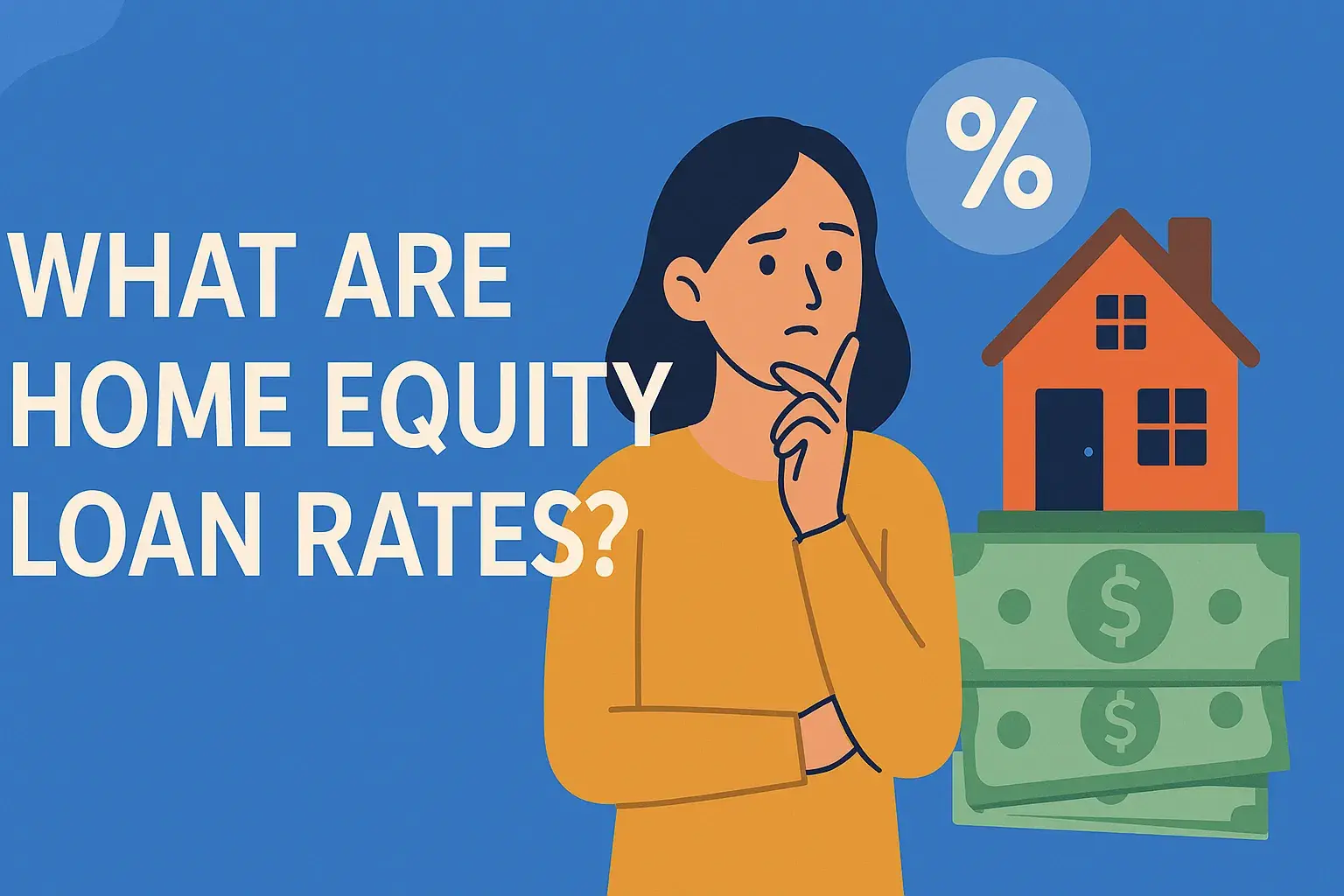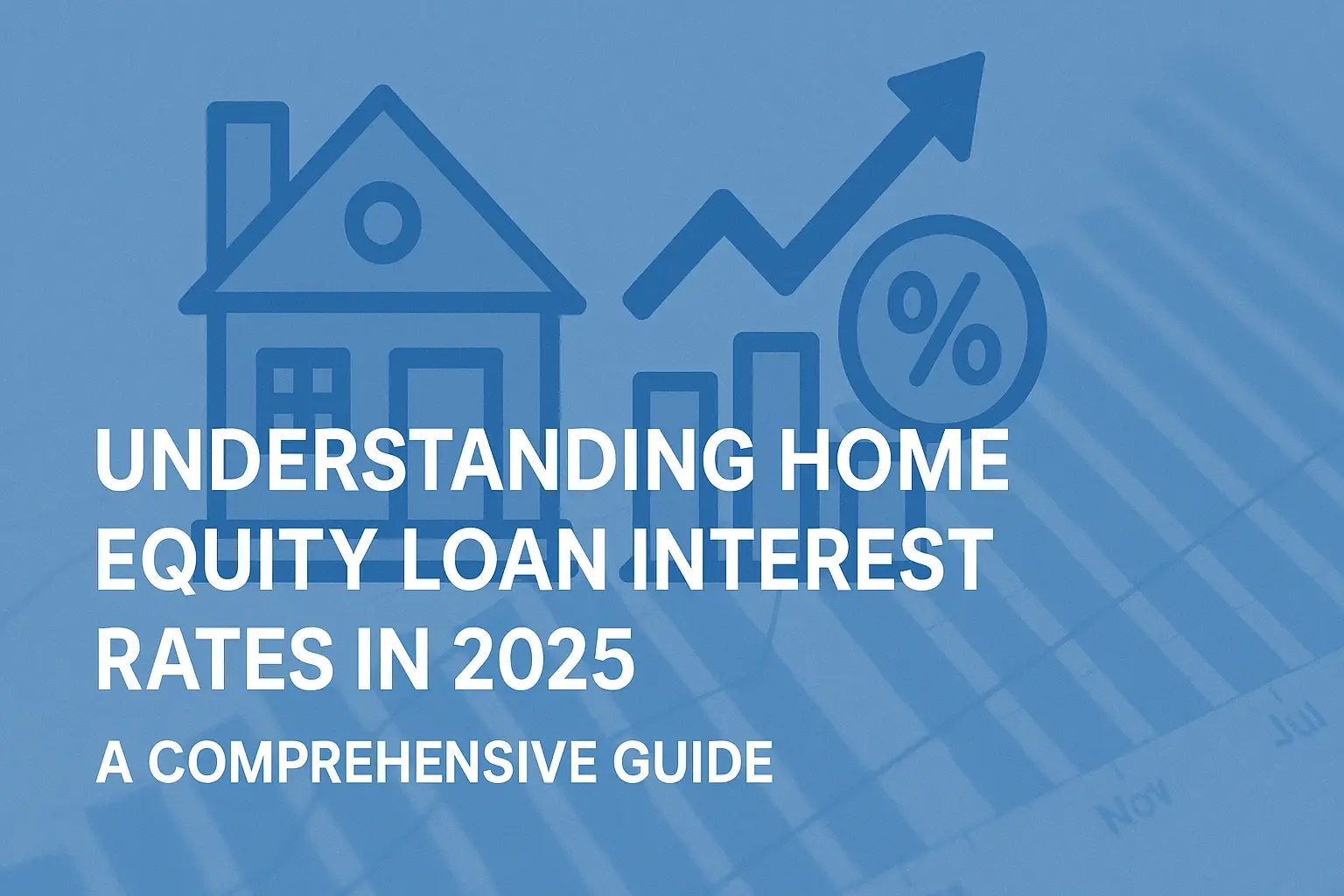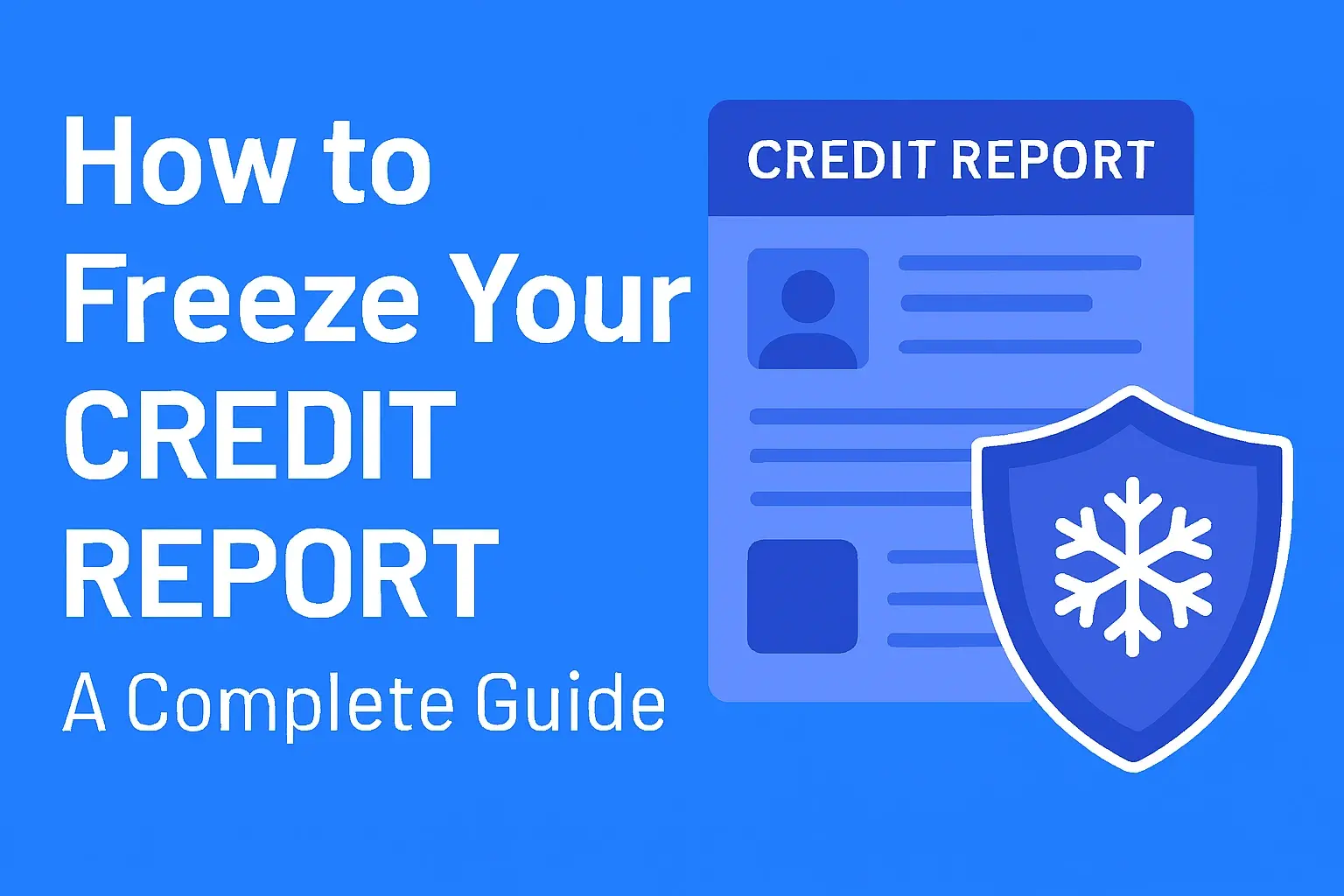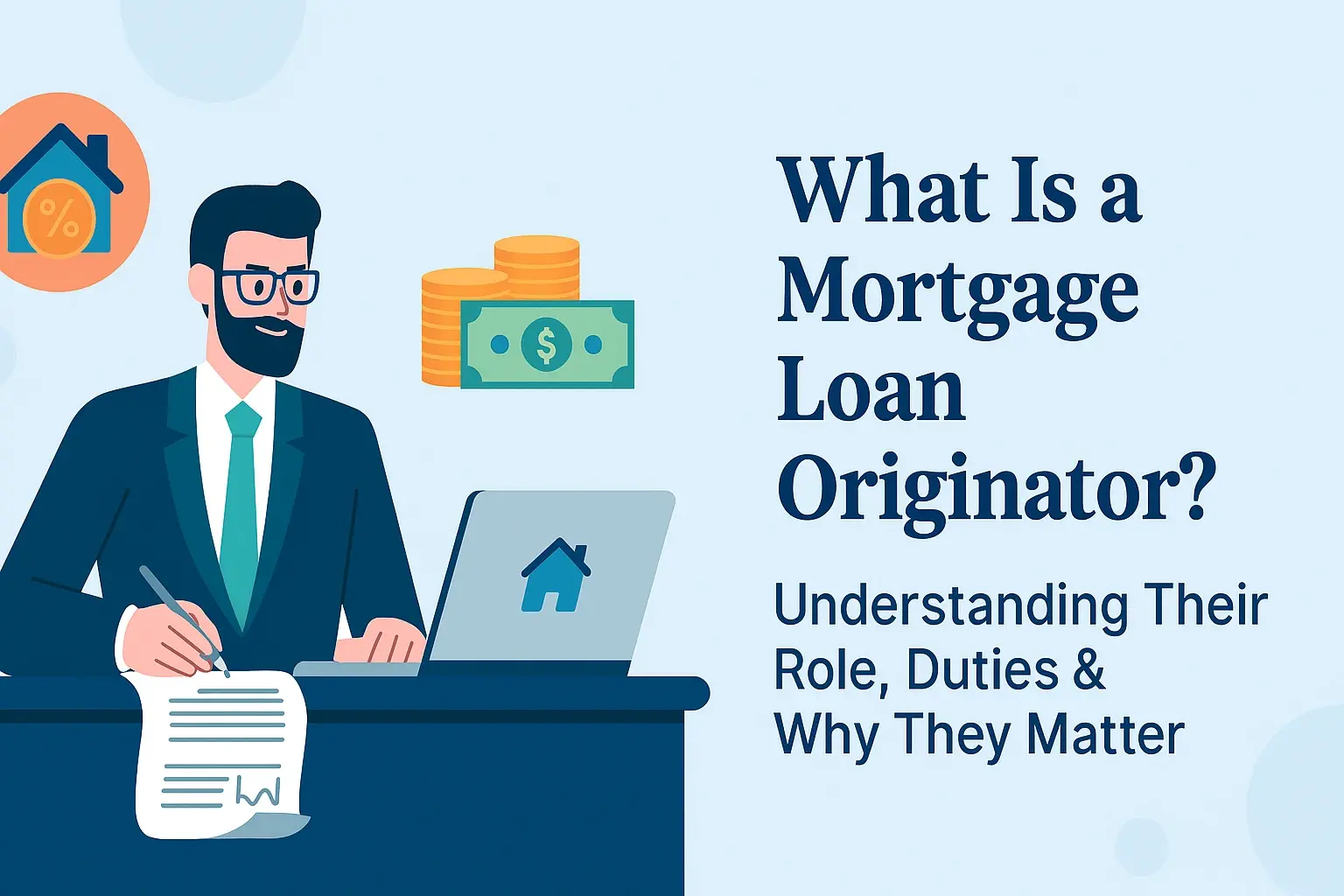-
Posted on: 25 Jul 2024
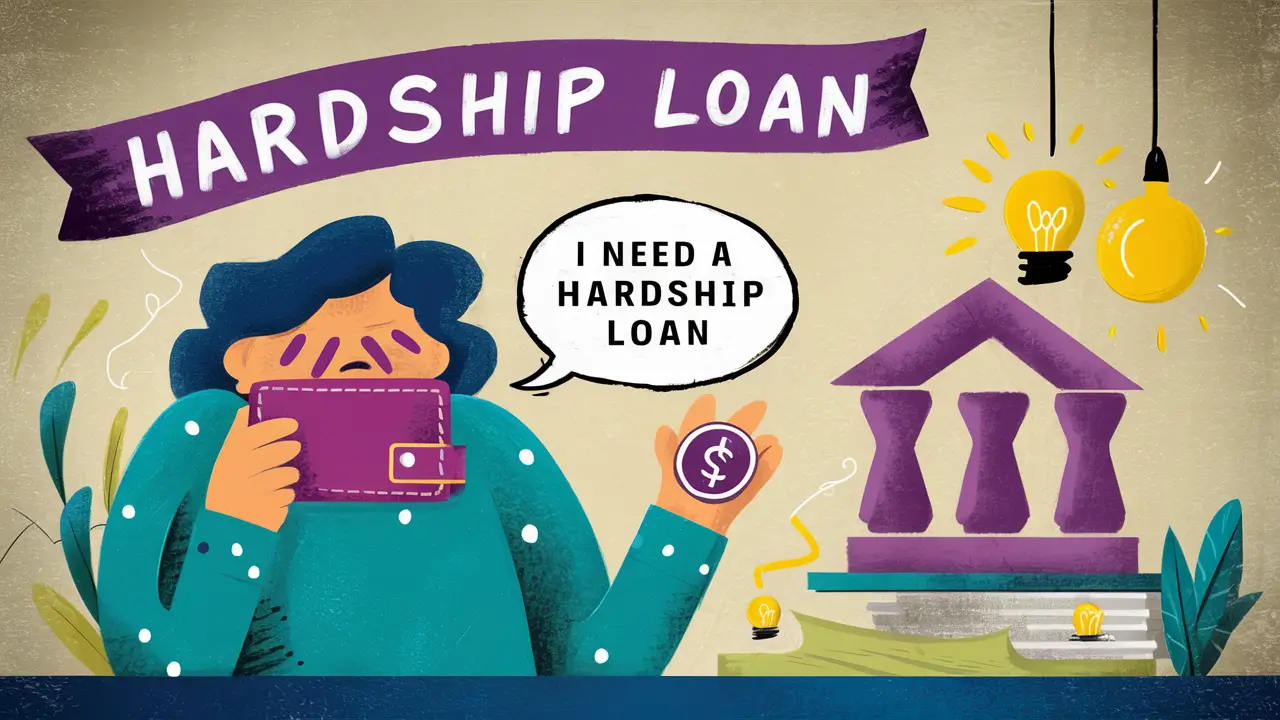
-
Life can throw unexpected curveballs, leaving you facing financial hardship. From sudden job loss and debilitating medical bills to unexpected home repairs or family emergencies, navigating these challenges can be incredibly stressful. In times like these, understanding your options for financial assistance is crucial. One option to consider is a hardship loan.
This comprehensive guide will delve into the intricacies of hardship loans, exploring what they are, the different types available, how they work, who is eligible, and where to find them. By understanding these details, you can make informed decisions about whether a hardship loan is the right solution for your specific situation.
Defining a Hardship Loan
A hardship loan, in its simplest form, is a type of loan designed to provide financial assistance to individuals facing unforeseen and significant financial difficulties. These loans are often characterized by more flexible terms and conditions than traditional loans, acknowledging the applicant's distressed financial situation.
However, it’s crucial to understand that the term "hardship loan" isn't always consistently defined or universally offered. You might find different interpretations and varying features depending on the lender.
Key Characteristics of Hardship Loans
- Designed for Emergencies: Hardship loans are typically intended for immediate financial needs arising from unexpected events.
- Flexible Terms (Potentially): While not always the case, some hardship loans may offer lower interest rates, extended repayment periods, or deferred payment options compared to standard loans. This depends greatly on the lender and the type of hardship loan.
- Focus on Financial Need: Lenders offering these types of loans generally prioritize assessing the applicant's current financial situation and ability to repay, rather than solely relying on credit score.
- Not Always Specifically Labeled: Many lenders don't explicitly market loans as "hardship loans." You might find similar options under names like "emergency loans," "personal loans for bad credit," or "unsecured loans."
Types of Financial Hardship That May Qualify
The circumstances that qualify as a "hardship" can vary depending on the lender. However, some common situations that often warrant consideration include:
- Job Loss or Unemployment: Losing your primary source of income can create immediate financial strain.
- Medical Expenses: Unexpected medical bills, especially those exceeding insurance coverage, can quickly accumulate.
- Natural Disasters: Damage to your home or property caused by events like floods, hurricanes, or earthquakes can necessitate significant repairs.
- Death in the Family: Funeral expenses and related costs associated with the loss of a loved one can create a financial burden.
- Disability: An injury or illness that prevents you from working can lead to lost income and increased medical costs.
- Home Repairs: Unexpected and major home repairs, such as a broken furnace or leaking roof, can be expensive.
- Family Emergencies: Unexpected travel expenses, childcare costs, or support for family members in crisis can strain your finances.
Types of Loans That Can Serve as Hardship Loans
While a loan specifically labeled as a "hardship loan" might be rare, several types of loans can effectively serve the same purpose. Here are some common options:
1. Personal Loans
Unsecured personal loans are a popular option for individuals seeking financial assistance. These loans don't require collateral and can be used for various purposes, including covering emergency expenses. Interest rates and loan amounts vary depending on your credit score and the lender.
2. Emergency Loans
Emergency loans are specifically designed to provide quick access to funds for unexpected situations. Many online lenders offer these loans, often with expedited approval processes. Be sure to carefully compare interest rates and fees before committing to an emergency loan.
3. Credit Card Cash Advances
A cash advance on your credit card can provide immediate access to funds. However, this option typically comes with high interest rates and fees, so it should be used as a last resort. It is generally advisable to explore other options before taking a cash advance due to the high cost.
4. 401(k) Loans (Proceed with Caution)
If you have a 401(k) retirement plan, you might be able to borrow against it. While this can seem appealing, it's crucial to understand the potential risks. If you fail to repay the loan, it could be considered a distribution and subject to taxes and penalties. Furthermore, you are losing out on potential investment growth while the loan is outstanding.
5. Payday Alternative Loans (PALs)
Credit unions offer Payday Alternative Loans (PALs) to their members. These loans are designed as a safer alternative to payday loans, with lower interest rates and more reasonable repayment terms. You typically need to be a member of the credit union to qualify for a PAL.
6. Secured Loans
Secured loans, such as auto equity loans or home equity loans, require you to provide collateral (e.g., your car or home) to secure the loan. This can result in lower interest rates, but you risk losing your asset if you default on the loan. This option is generally NOT recommended when you are already in a period of hardship, as losing your collateral would likely compound your problems.
Eligibility Requirements for a Hardship Loan
The specific eligibility requirements for a hardship loan (or a loan that serves as one) will vary depending on the lender and the type of loan. However, some common factors that lenders consider include:
- Credit Score: While some lenders offer loans to individuals with bad credit, a higher credit score typically translates to better interest rates and loan terms.
- Income: Lenders need to ensure that you have sufficient income to repay the loan. They will likely ask for proof of income, such as pay stubs or bank statements.
- Debt-to-Income Ratio (DTI): Your DTI is the percentage of your monthly income that goes towards debt payments. Lenders prefer borrowers with lower DTI ratios, as this indicates a greater ability to repay the loan.
- Employment History: A stable employment history can demonstrate your reliability and ability to repay the loan.
- Reason for Hardship: Some lenders may require documentation to support your claim of financial hardship. This could include medical bills, unemployment paperwork, or repair estimates.
How to Apply for a Hardship Loan
The application process for a hardship loan typically involves the following steps:
- Research Lenders: Compare different lenders and loan options to find the best fit for your needs. Look for lenders that specialize in loans for individuals with less-than-perfect credit or those offering emergency loans.
- Gather Documentation: Collect the necessary documents, such as proof of income, bank statements, and documentation supporting your hardship.
- Complete the Application: Fill out the loan application accurately and honestly. Be prepared to provide detailed information about your financial situation and the reason for your hardship.
- Submit the Application: Submit the completed application and supporting documents to the lender.
- Await Approval: The lender will review your application and assess your eligibility for the loan. This process can take anywhere from a few hours to a few days.
- Review Loan Terms: If your application is approved, carefully review the loan terms and conditions, including the interest rate, repayment schedule, and any fees.
- Accept the Loan: If you agree to the loan terms, sign the loan agreement and accept the funds.
Where to Find Hardship Loans
Finding a lender that offers hardship loans or loans suitable for hardship situations requires research. Here are some potential sources to explore:
- Online Lenders: Numerous online lenders specialize in personal loans, emergency loans, and loans for individuals with bad credit. Comparing interest rates and terms across multiple online lenders is crucial.
- Credit Unions: Credit unions often offer more favorable loan terms to their members compared to traditional banks. Consider joining a credit union in your area.
- Banks: Traditional banks also offer personal loans, but their eligibility requirements may be stricter.
- Nonprofit Organizations: Some nonprofit organizations offer financial assistance programs or loans to individuals facing hardship. Research local organizations that provide support in your area.
- Government Assistance Programs: Explore government assistance programs that may be available to help you address your financial hardship. These programs can range from unemployment benefits to housing assistance and food assistance.
Alternatives to Hardship Loans
Before taking out a hardship loan, consider exploring alternative options that may be available to you:
- Negotiate with Creditors: Contact your creditors and explain your situation. They may be willing to offer temporary payment plans or reduce your interest rates.
- Seek Assistance from Charities: Many charities provide financial assistance for specific needs, such as housing, food, or medical expenses.
- Create a Budget: Develop a budget to track your income and expenses. Identify areas where you can cut back to free up cash.
- Sell Unnecessary Items: Consider selling items you no longer need to generate extra income.
- Seek Financial Counseling: A financial counselor can help you assess your financial situation and develop a plan to manage your debt.
Important Considerations Before Taking Out a Hardship Loan
Taking out a loan is a serious decision. Before committing to a hardship loan (or any loan), carefully consider the following:
- Interest Rates and Fees: Compare interest rates and fees from different lenders to find the most affordable option. Pay close attention to the Annual Percentage Rate (APR), which includes both the interest rate and any fees.
- Repayment Terms: Understand the loan repayment schedule and ensure that you can comfortably afford the monthly payments.
- Your Ability to Repay: Honestly assess your ability to repay the loan on time. Failing to repay the loan can damage your credit score and lead to further financial problems.
- The Impact on Your Credit Score: Taking out a loan can temporarily lower your credit score. However, making timely payments can help improve your credit score over time.
- Read the Fine Print: Carefully read and understand the loan agreement before signing it. Pay attention to any hidden fees or penalties.



